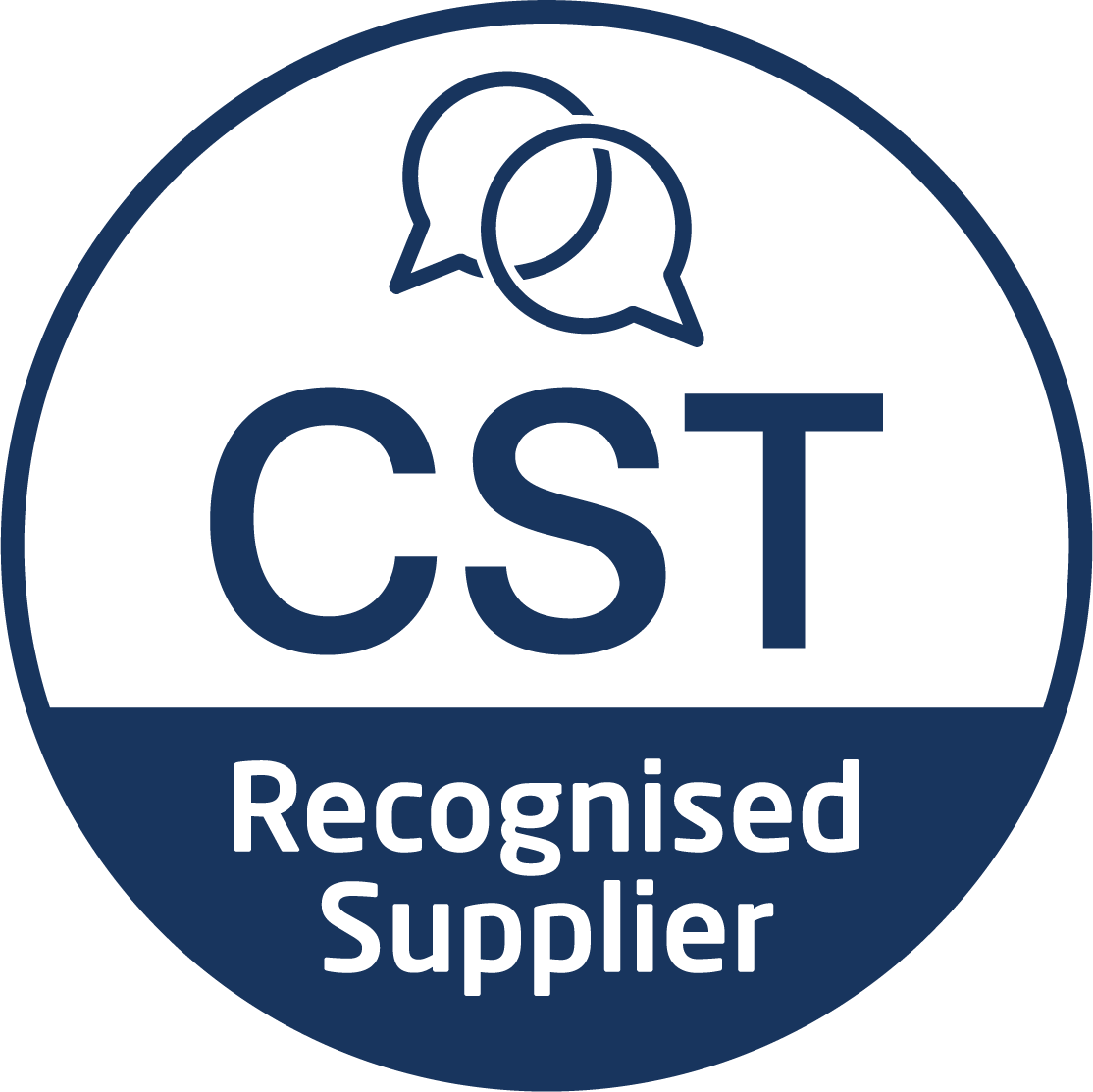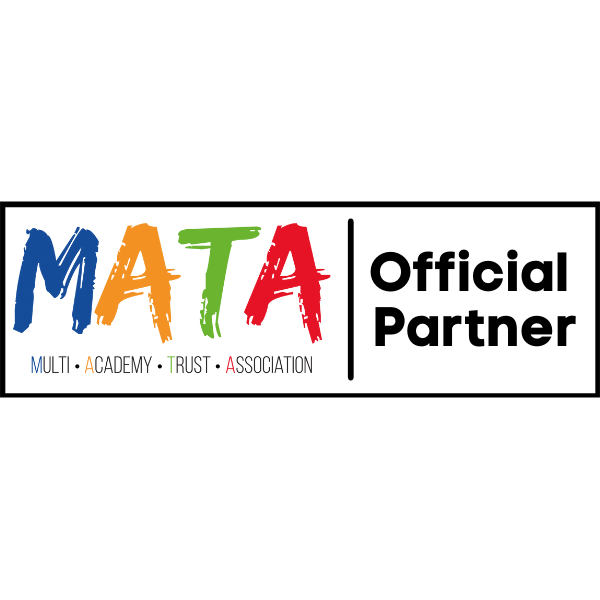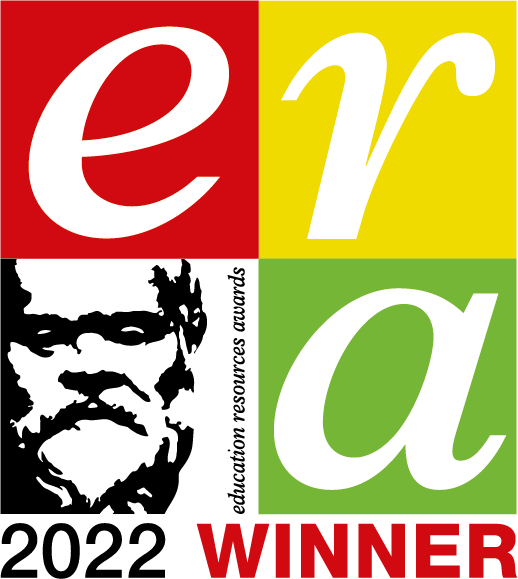Taking Action
Once you have reviewed your results you will want to move to action.
When considering action it is important to involve staff in creating and implementing solutions. Involving them will reduce the pressure and workload of the senior team and is also likely to lead to greater buy-in.
Setting Goals
Before moving to a plan, you should set your staff wellbeing goals.
The survey has helped you to better understand the current state of play in your school. Together with school data, the report and other analysis provided, will help pinpoint key areas and groups of staff that may need attention.
Once you have chosen areas for focus, it is important to set specific goals to allow you to know if and when you are successful, and to enable you to track progress over the next year and before you run your survey again.
This is about choosing the future state of the school that you would like to see in place.
Goals
Goals can be qualitative or quantitative and could include items such as:
- Reduction in staff absence
- Reduction in staff turnover
- Specific changes to meeting practices
- Line manager's holding more regular 1 to 1 meetings (specific number / time)
- Workload impact assessment undertaken before any new changes are implemented
- Leaders to catch three staff members doing something right each day
- Change in score in a management standard or within specific survey questions
- While goals can be narrow or wide, they must be measurable, whether through data, feedback or observation. All the above can be measured.
Once goals are set, plans can be put in place to deliver them. What action is needed to deliver what you have set out.
Build your action into the school development plan so it is simply a part of what you do every day and is also discussed as and when you review and update the whole school plans.
View any changes through the lens of staff wellbeing
When putting together your plans, or before changing or implementing any new policies, procedures, and practices, think about the impact through the lens of staff wellbeing by asking the question: "what impact will this have on the wellbeing of colleagues?"
Consider whether it is:
- High effort for staff and low impact for pupils or staff? Ditch these!
- Low effort for staff and low impact for pupils or staff? Not a priority!
- Low effort for staff and high impact for pupils or staff? Make these a priority!
- High effort for staff and high impact for pupils or staff? Review which are worth it!
Also think about applying an in/out rule where possible. If you are going to add something new, and you and your staff are already very busy, you ideally need to remove something too. Use the same questions and process in the box above to identify those things that have higher staff workload and lower pupil and school impact, and remove them.
Action Planning
A planning tool is also provided to support you in planning and assigning action in the areas where you want to focus your energy and effort. This is not intended to take the place of the school development plan and is a digital way of allocating and keeping track of agreed tasks.
Clicking on the
Action tab in your menu will allow you to create, assign and keep a record of actions you want to take. Simply click on 'task' and give each action a name and then add the information requested.
This includes notes on what you will do, who it is assigned to and when it should be completed. You can add your own category, as well as use the drop down items. An email will automatically be sent to those assigned a task.
You are provided with actions for before the survey, as well as for after, and you can use this tool to allocate and share responsibilities as needed.






